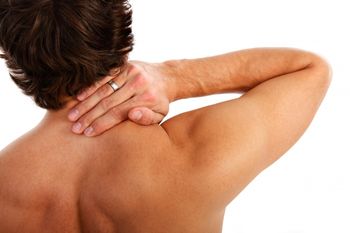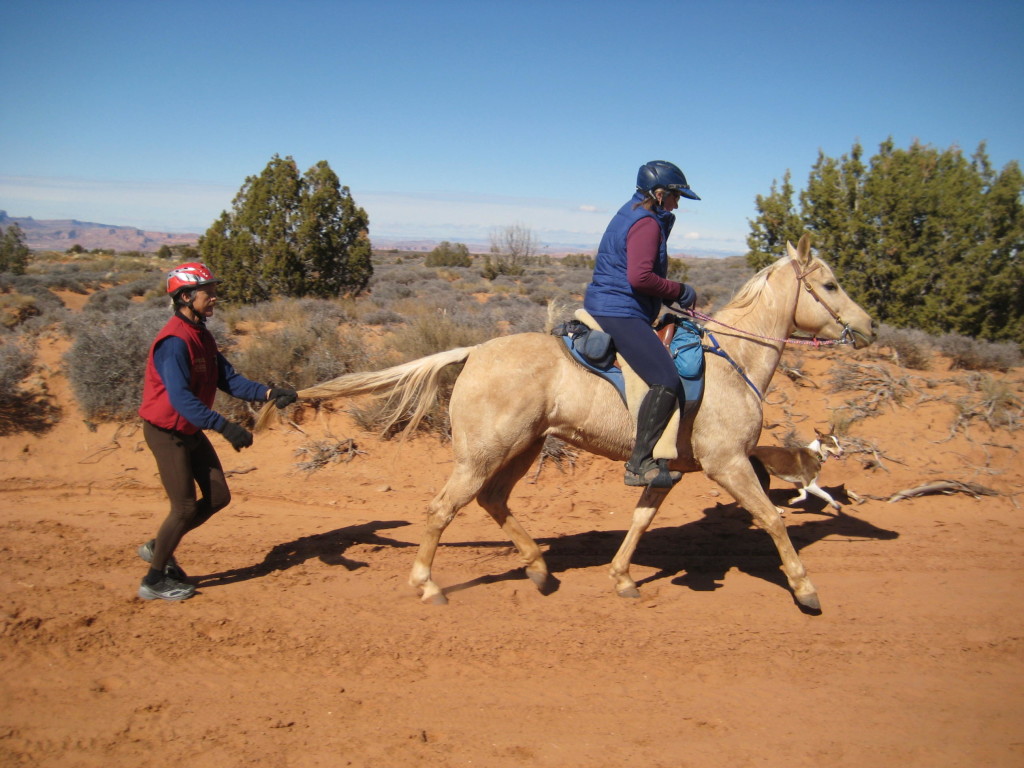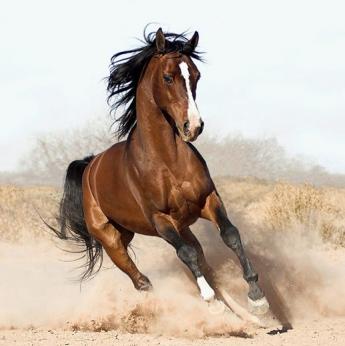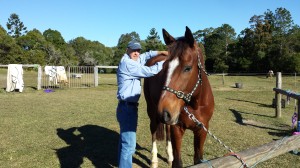Finding a Happy Balance for Your Horse
Understanding Flight or Fight v Rest and Repair
 As we all know if our muscles are tight and sore or our bodies are in pain, we cannot perform anywhere near our best, if at all. It could certainly be argued that our muscles are a major part of the mechanism which we move our skeleton around from A to B. So we need to factor in the health and function of our muscles in understanding problems that are sitting in our joints and skeletal system. Muscles that are tight, sore or out of condition will not only cause us to feel uncomfortable, but they can also play havoc with our skeletal system, restricting movement and potentially putting us out of alignment.
As we all know if our muscles are tight and sore or our bodies are in pain, we cannot perform anywhere near our best, if at all. It could certainly be argued that our muscles are a major part of the mechanism which we move our skeleton around from A to B. So we need to factor in the health and function of our muscles in understanding problems that are sitting in our joints and skeletal system. Muscles that are tight, sore or out of condition will not only cause us to feel uncomfortable, but they can also play havoc with our skeletal system, restricting movement and potentially putting us out of alignment.
 Well as it is for us humans, it is exactly the same for horses. When horses are pushed past the point of their natural restriction and resistance, it can lead to poor performance or even a breakdown in the worst cases. Despite a horse’s reluctance to push through its pain barrier, it may be forced into compliance by the rider and may go against its natural in built protective mechanisms to stop. This creates internal stress and the horse will have to try to adapt to the demands being placed on it. This puts the horse firmly into a state of fight or flight, which can make it more prone to unpredictable behaviour, injury and when adaption mechanisms fail, it will hit exhaustion.
Well as it is for us humans, it is exactly the same for horses. When horses are pushed past the point of their natural restriction and resistance, it can lead to poor performance or even a breakdown in the worst cases. Despite a horse’s reluctance to push through its pain barrier, it may be forced into compliance by the rider and may go against its natural in built protective mechanisms to stop. This creates internal stress and the horse will have to try to adapt to the demands being placed on it. This puts the horse firmly into a state of fight or flight, which can make it more prone to unpredictable behaviour, injury and when adaption mechanisms fail, it will hit exhaustion.
 Horses, by their very nature, being a prey animal are already well primed to drop into flight or fight easily. The flight or fight response is only designed as a short term survival tool and when it is experienced for more than 30 minutes, negative side effects on the rest of the system will be experienced. So we need to be aware of the long term impact that the stress of pushing for performance and overworking can have on our horses.
Horses, by their very nature, being a prey animal are already well primed to drop into flight or fight easily. The flight or fight response is only designed as a short term survival tool and when it is experienced for more than 30 minutes, negative side effects on the rest of the system will be experienced. So we need to be aware of the long term impact that the stress of pushing for performance and overworking can have on our horses.
 By working with muscles along the spine we can trigger the brain and nervous system into a calm state of wellbeing. This enables us to switch a horse (or human) over from the ‘flight or fight’ response into the opposite state of ‘rest and repair’. I am always amazed at how effective Bowen therapy is at helping a horse make this switch from tension and stress into calm relaxation. In turn, the “rest and repair” mechanism, allows the body to provide a positive and timely response to tissue injury and healing times can be greatly reduced. We often witness in EMRT that the quicker an injury is treated, the shorter the recovery time.
By working with muscles along the spine we can trigger the brain and nervous system into a calm state of wellbeing. This enables us to switch a horse (or human) over from the ‘flight or fight’ response into the opposite state of ‘rest and repair’. I am always amazed at how effective Bowen therapy is at helping a horse make this switch from tension and stress into calm relaxation. In turn, the “rest and repair” mechanism, allows the body to provide a positive and timely response to tissue injury and healing times can be greatly reduced. We often witness in EMRT that the quicker an injury is treated, the shorter the recovery time.
By understanding the nervous system and the impact that different activities and actions can have on our horses we can work with them rather than exerting our will upon them. We need to find a happy medium between work-life balance and look after our horses (and ourselves) so that we can work, rest and play in the most optimal way.
